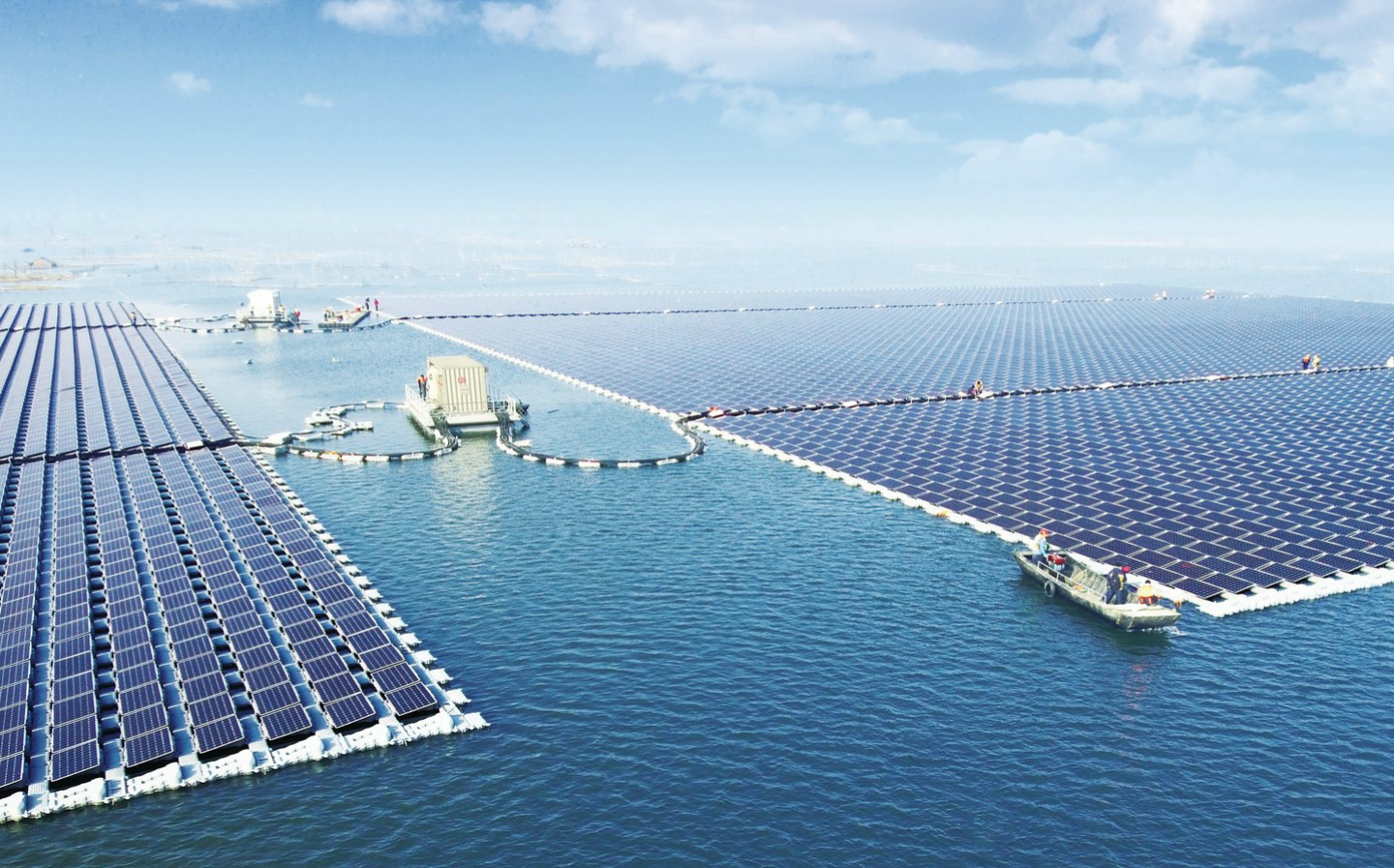China builds world’s biggest floating solar plant in drive to switch to electric cars
Major car producers to switch to electric by 2025
CHINA IS to build the world’s biggest floating solar power plant to meet the drive toward electric cars, as it attempts to reduce the country’s consumption of fossil fuels and improve air quality.
The £113 million project has been funded by China Three Gorges Corporation, and is scheduled to be operational in eastern Anhui province from May.
The company claimed that it would produce 150 megawatts, enough to power more than 50,000 homes, as the country builds more floating solar farms, which can be installed without using up valuable agricultural land. The panels also help to prevent the evaporation of surface water.
Browse NEW or USED cars for sale
Following shutdowns and the relocation of coal-fired plants in recent years, the giant solar farm is the latest measure in the country’s efforts to move away from its reliance on polluting coal power. According to state media about 72 per cent of China’s energy comes from coal.
Earlier in the month, one of the country’s biggest state-owned car manufacturers revealed plans to halt sales of petrol vehicles by 2025.
Beijing Automotive Group said that its petrol cars would be withdrawn from sale by 2020 in Beijing, then across the rest of the country by 2025.
It will be a big step in the government’s push to reduce pollution from fuel-burning cars. In 2019 a quota for car manufacturers will be introduced, forcing them to make a minimum number of electric cars.
Politicians in Beijing are debating a nationwide ban on petrol cars. If a plan is announced it would lead to China joining countries including the UK, France and India that have announced timetables for their prohibition.
China Three Gorges Corporation, one of 400 solar power companies in the country, said that the power generated by the new plant would save almost 200,000 tonnes of CO2 emissions each year. It added that the plant would be located in a lake that formed after a coal mine collapsed. Anhui is already home to a 40-megawatt solar panel farm run by Sungrow Power Supply which was previously the country’s largest of its kind.
The news was hailed by state media as another demonstration of China’s green credentials and as an element of a war on pollution declared in 2014, to tackle the country’s environmental problems, including chronic air pollution in cities and toxic rivers.
As well as the building of solar panel farms, the battle has involved polluting companies being fined for breaching emissions limits and the staff responsible being dismissed.
The state-controlled Global Times quoted Yang Fuqiang, senior adviser at the Natural Resources Defence Council, as saying that China was “leading the clean energy industry since the US withdrew from the Paris agreement”. China already has the world’s largest solar energy plant — the 1500 megawatt Tengger Desert Solar Park in inner Mongolia.
China is the biggest global investor in clean energy methods and the government has pledged to spend £270 billion on clean energy projects by 2020.
Lin Boqiang, director of the China Center for Energy Economics Research at Xiamen University, said that the country was not quite ready for solar power to become the country’s main energy source. He said that because coal was cheap and plentiful in China, it would continue to be its main power provider for some time.
Jamie Fullerton
This article first appeared in The Times
Battle of the electric family cars: 2017 BMW i3 REX vs Volkswagen e-Golf





